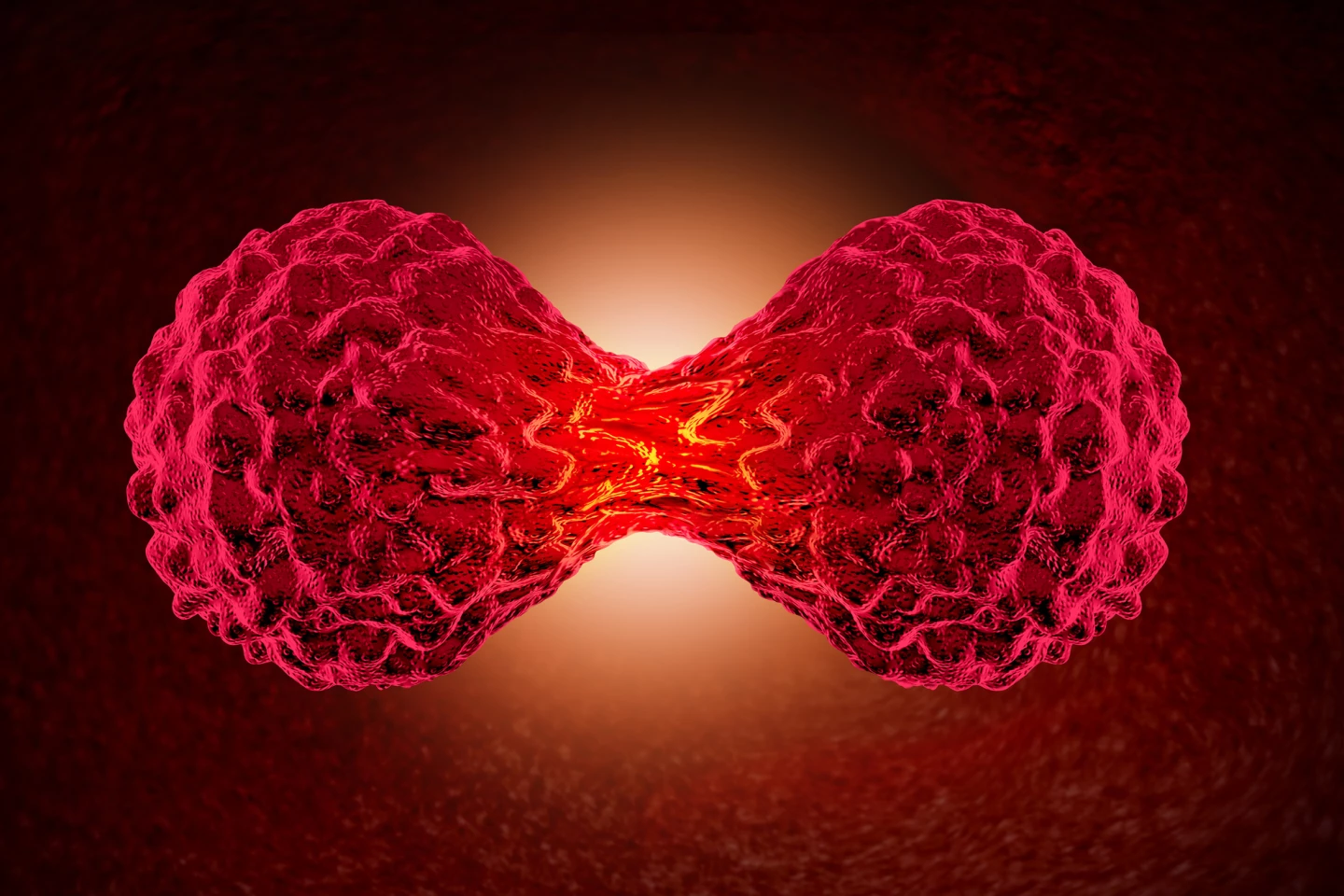As the second leading cause of death globally, treating – or even better, curing – cancer is understandably high on the list of researchers’ priorities. In 2023, studies focused on the genetics underlying the disease and finding effective ways of treating it, which included some unexpected candidates. Here are New Atlas’ top cancer stories for the year.
Chance discovery identifies a gene mutation common to some cancers

When a researcher serendipitously discovered a tumor-suppressing gene, CDK13, while studying zebrafish, she found that it also appeared in a mutated form in many cases of melanoma. Digging deeper, she discovered that when CDK13 mutates, it interferes with the vital process of cleaning up defective RNA molecules in cells.
When a team of researchers checked a series of human cancers for mutations in CDK13 or the proteins it regulates, they found that 21% of the melanoma tumors they checked had such mutations. Similar mutations were seen in cancers of the lung, uterus, colon, and in non-melanoma skin cancers.
Whole-genome sequencing provides a glimpse into cancer’s hidden parts

Cancers are incredibly complex beasts, so having as much information as possible about them is crucial to their treatment. The importance of extensive genome mapping to disease research was sheeted home when, after examining a particular whole-genome sequence, researchers were afforded an unprecedented look at the makeup and behavior of a rare and difficult-to-study cancer.
Compared to exome sequencing, which is a detailed look at protein-coding genes and some associated mutations, whole-genome sequencing provides a far broader picture of mutations in protein-coding and non-coding regions of the genome, as well as structural variations. Using the information they’d obtained, researchers were able to better understand Hodgkin’s lymphoma, a cancer that affects the lymphatic system, including uncovering genomic events that’d never been recorded before. By leveraging whole-genome sequencing, researchers can assess tumor evolution, identify structural issues and hopefully gain new therapeutic insights.
Killing cancer cells by drugging an "undruggable" protein

The protein proliferating cell nuclear antigen (PCNA) is essential for DNA replication, so it’s essential for the growth and survival of cancer cells. Because of its central role in replication, PCNA was thought to cause replication errors that lead to uncontrollable cell division.
Long considered by scientists to be "undruggable" – that is, unable to be targeted pharmacologically – in 2023, researchers developed a pill, AOH1996, that targets the PCNA in cancer cells but leaves healthy cells alone. It was found to be effective in treating cells derived from breast, prostate, brain, ovarian, cervical, skin and lung cancers. They also found that AOH1996 made cancer cells more susceptible to treatments that cause DNA or chromosomal damage, suggesting it could be useful as part of a combination cancer therapy.
Drug-packed biodegradable sponge soaks up nearby tumors

Our immune system is a powerful defense against pathogens and disease, and regulatory T cells (Tregs) ensure it doesn’t attack the body’s healthy cells. Unfortunately, cancer can hijack this process and use it to hide from the immune system.
Previous studies have found ways of reprogramming Tregs into cancer-killing cells, which, while making these cells more vulnerable, risks triggering an auto-immune response. So researchers developed SymphNode, a biodegradable sponge – about the size of a pencil eraser – loaded with drugs that block Tregs and summon other anti-cancer T cells. When implanted alongside breast cancer and melanoma tumors in mice, it shrank the tumors and prevented metastasis.
Two-pronged approach supercharges cells to destroy cancer

Having the ability to harness the immune system’s cancer-fighting abilities is something researchers have been focused on for a while. Researchers developed a two-pronged approach to helping the immune system knock out metastatic breast cancer, a cancer that’s among the most stubborn and least responsive to treatment.
One treatment sensitizes the tumor microenvironment to immunotherapy, the other supercharges T cells to target metastases in a way that eliminates the tumor and prevents it from returning. When tested in mice, all the animals that received the two-pronged treatment were alive and tumor-free after 80 days; those that received just one therapy had a 50% survival rate after 60 days.
Licorice extract kills off pancreatic cancer, boosts chemotherapy

In one of several studies involving food or nutrients, researchers found that a compound in licorice could be an effective treatment for pancreatic cancer, a particularly lethal form of the disease.
Researchers tested the effectiveness of the flavonoid isoliquiritigenin (ISL), applying two strengths of the substance to human pancreatic cancer cells in the lab. Those that received the higher strength ISL died off at a rate around 80% higher than the control group. In mice, higher levels of ISL produced a reduction in tumor volume. Again, using mice, when ISL was combined with a chemotherapeutic agent, gemcitabine, it boosted the drug’s efficacy by 18%.
Exploiting a tumor's unique properties to hasten its demise

One of the challenges of treating pancreatic cancer is the properties of the tumors themselves, which are encapsulated in dense connective tissue that cuts off their oxygen supply, causing the tumor to rely on glutamine as an energy source.
But, sometimes, in science, properties can be exploited. Researchers gave mice a compound called DON that’s structurally similar to glutamine but can’t be used as fuel and found that it significantly slowed tumor growth and stopped its spread. Aware that clever cancer cells can use asparagine when there’s no glutamine around, they combined DON with L-asparaginase, a chemotherapy drug that breaks down asparagine, and found that produced a synergistic effect, helping prevent tumor metastasis.












